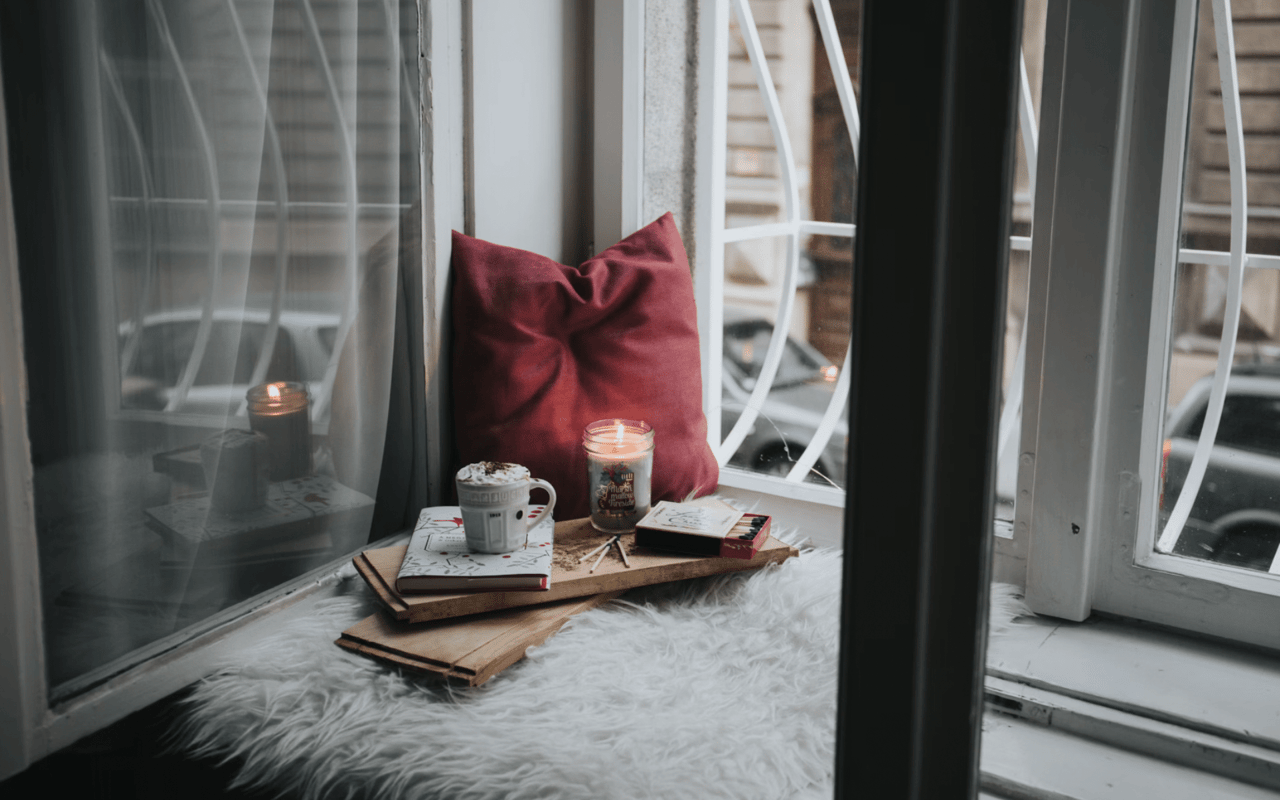As the leaves begin to fall and the temperatures drop, it's time to start thinking about winterizing your home. Preparing your house for the cold months ahead is crucial not only for your comfort but also for protecting your home from potential damage. Winterizing your home involves a series of steps designed to improve energy efficiency, prevent costly repairs, and ensure your living space remains warm and cozy throughout the winter. In this guide, we'll walk you through the essential tasks to help you get your home ready for the colder season.
Inspect and Seal Windows and Doors
One of the most important steps in winterizing your home is ensuring that your windows and doors are properly sealed. Drafts from poorly insulated windows and doors can lead to significant heat loss, causing your heating system to work harder and increasing your energy bills. Start by inspecting all the windows and doors in your home for any gaps or cracks where cold air could seep in. Use weatherstripping or caulking to seal any openings you find. For older windows, consider applying a window insulation film to provide an additional layer of protection. Installing or replacing door sweeps can also help keep drafts at bay.
Service Your Heating System
Before the cold weather sets in, it's essential to have your heating system serviced by a professional. A well-maintained heating system runs more efficiently, providing better heat distribution throughout your home and reducing the risk of a breakdown during the coldest months. Replace or clean the furnace filter to ensure optimal airflow, and check that your thermostat is functioning correctly. If you have a chimney or fireplace, have it inspected and cleaned to prevent the buildup of creosote, which can pose a fire hazard. Consider investing in a programmable thermostat, which can help you save on energy costs by automatically adjusting the temperature when you're asleep or away from home.
Insulate Your Home
Proper insulation is key to keeping your home warm in the winter and reducing energy costs. Check the insulation in your attic, walls, and basement to ensure it's adequate for your climate. Adding extra insulation where needed can make a significant difference in your home's overall energy efficiency. Pay special attention to your attic, as heat tends to rise and escape through the roof. Insulating your attic floor and sealing any gaps around pipes, ducts, and wiring will help keep the warm air inside. If your home has older insulation, consider upgrading to more efficient materials that provide better thermal resistance.
Protect Your Pipes
Frozen pipes are a common problem during the winter months and can lead to expensive repairs if they burst. To prevent this, insulate any exposed pipes in unheated areas such as basements, crawl spaces, and garages. Pipe insulation sleeves or heat tape can provide extra protection against freezing temperatures. Additionally, keep your home’s thermostat set to a consistent temperature, even when you're away, to prevent the pipes from freezing. On particularly cold nights, consider opening cabinet doors under sinks to allow warm air to circulate around the pipes. If you plan to be away from home for an extended period, consider shutting off the water supply and draining the pipes to avoid any risk of freezing.
Clean Gutters and Downspouts
Clogged gutters can lead to a host of problems during the winter, including ice dams, water damage, and even roof leaks. Before winter sets in, make sure to clean out your gutters and downspouts to remove any leaves, twigs, or debris that could cause blockages. This will help ensure that melting snow and ice can drain properly away from your home. Consider installing gutter guards to prevent debris from accumulating in the future. After cleaning, check that your downspouts are directing water at least three to four feet away from your home's foundation to prevent water from seeping into your basement or causing other structural damage.
Check the Roof for Damage
Your roof is your home's first line of defense against the elements, so it's crucial to ensure it's in good condition before winter arrives. Inspect your roof for any damaged, loose, or missing shingles that could allow water to penetrate and cause leaks. Pay close attention to areas around chimneys, skylights, and vents, as these are common spots for leaks to develop. If you notice any issues, have them repaired promptly by a professional. In addition to inspecting the shingles, check that your roof’s flashing is secure and that there are no signs of water damage or mold. If you live in an area prone to heavy snowfall, consider installing snow guards to prevent large amounts of snow from sliding off the roof at once, which can damage your gutters or pose a safety risk.
Test Smoke and Carbon Monoxide Detectors
With the increased use of heating systems during the winter months, the risk of carbon monoxide poisoning and house fires also rises. Protect your family by ensuring that all smoke and carbon monoxide detectors in your home are working properly. Test each detector and replace the batteries if needed. It's a good idea to replace the batteries in these devices every six months, regardless of whether they are low. If you don't already have carbon monoxide detectors, install them on each level of your home, especially near bedrooms. These devices can save lives by providing an early warning of dangerous levels of carbon monoxide or smoke.
Prepare Your Exterior
Winterizing your home isn't just about the inside—your exterior needs attention too. Start by trimming any tree branches that hang over your roof or near power lines to prevent them from breaking under the weight of snow and ice. Store outdoor furniture, garden hoses, and any other items that could be damaged by the cold in a shed or garage. If you have a lawn sprinkler system, be sure to drain it to prevent the pipes from freezing. Additionally, check that your walkways and driveway are in good condition, as cracks can worsen with freezing temperatures. Applying a sealant to your driveway can help protect it from the freeze-thaw cycle that can cause damage over time.
Winterizing your home is a crucial part of preparing for the cold months ahead. By taking the time to inspect, repair, and protect your home, you can prevent costly damage, reduce energy bills, and ensure your living space remains warm and comfortable throughout the winter. From sealing windows and doors to stocking up on winter essentials, each step plays a vital role in safeguarding your home against the challenges of winter. With these tips in mind, you’ll be ready to face the season with confidence, knowing your home is well-prepared for whatever winter may bring.
Contact The DH Citadel Real Estate today for expert assistance with Plainview real estate opportunities and discover all the area has to offer.
Winterizing your home is a crucial part of preparing for the cold months ahead. By taking the time to inspect, repair, and protect your home, you can prevent costly damage, reduce energy bills, and ensure your living space remains warm and comfortable throughout the winter. From sealing windows and doors to stocking up on winter essentials, each step plays a vital role in safeguarding your home against the challenges of winter. With these tips in mind, you’ll be ready to face the season with confidence, knowing your home is well-prepared for whatever winter may bring.
Contact The DH Citadel Real Estate today for expert assistance with Plainview real estate opportunities and discover all the area has to offer.




